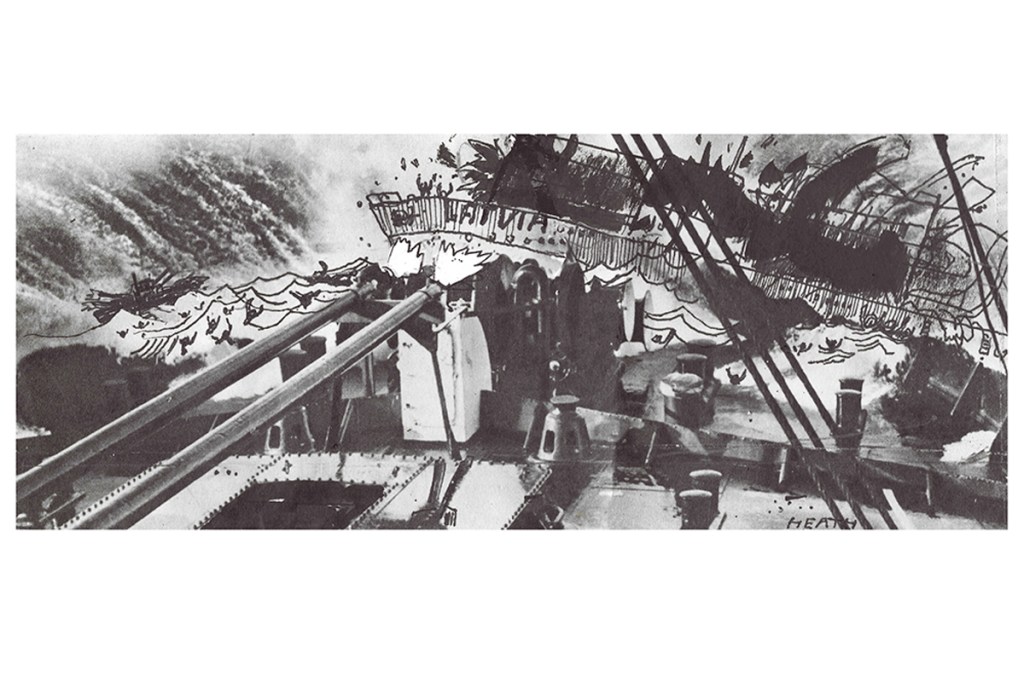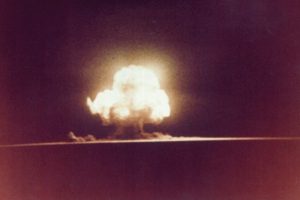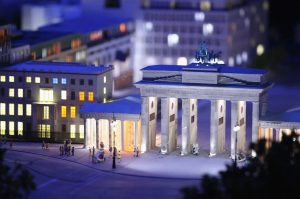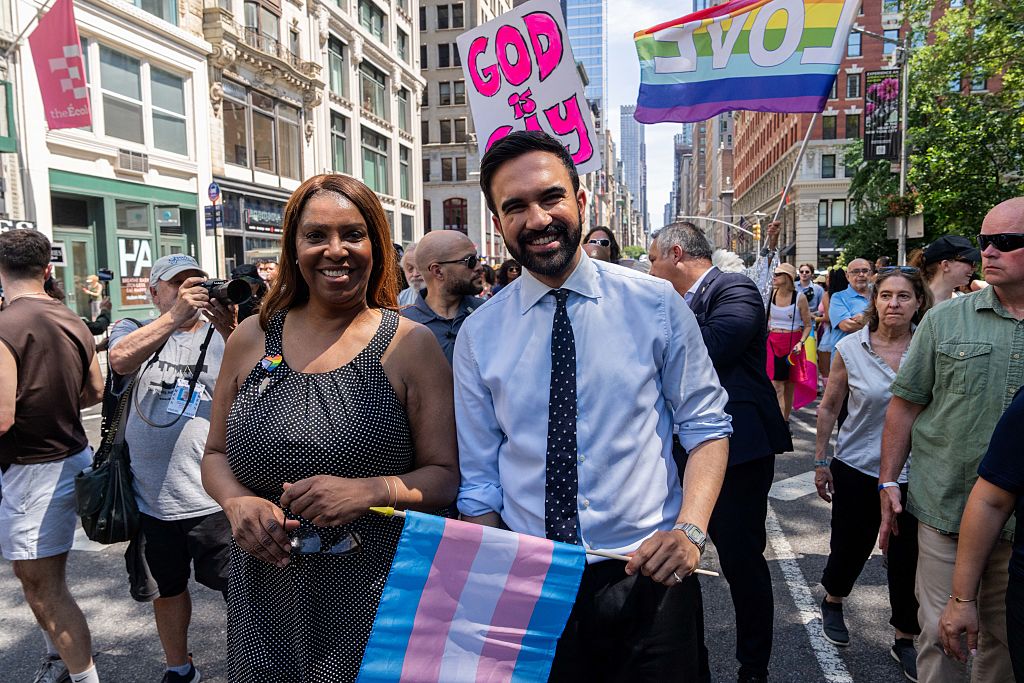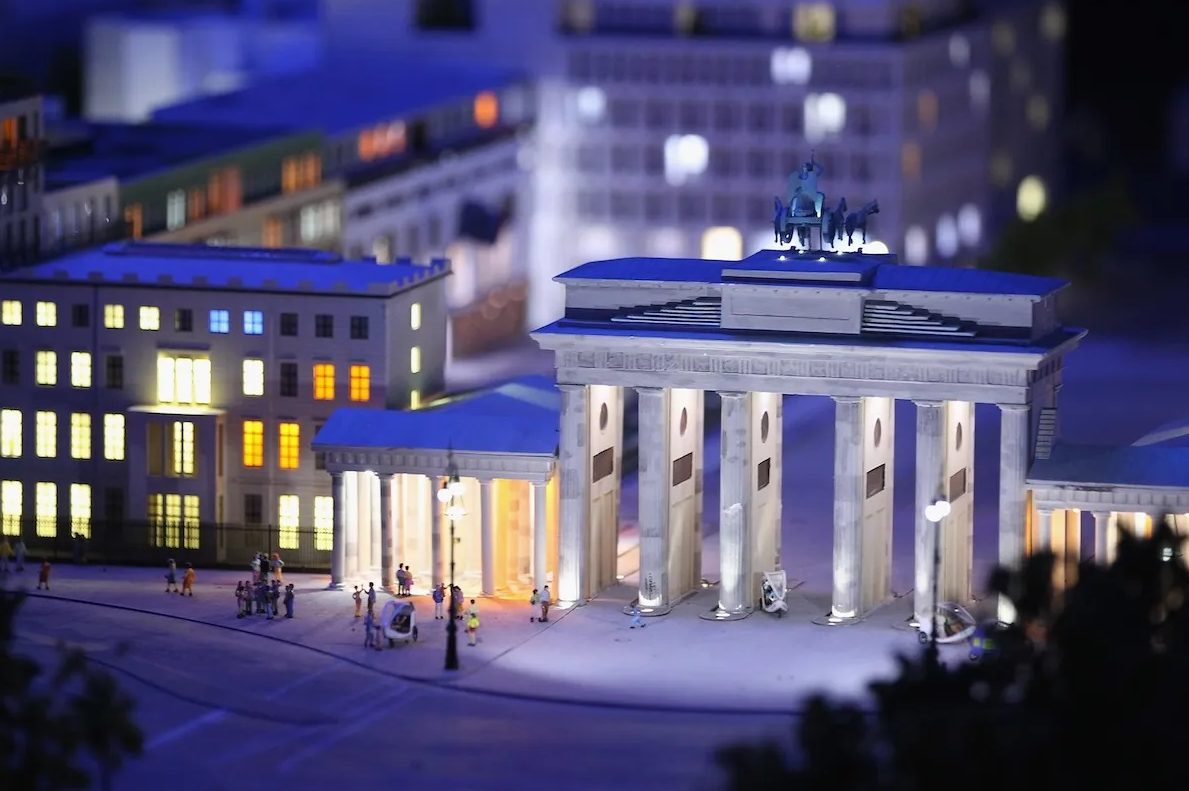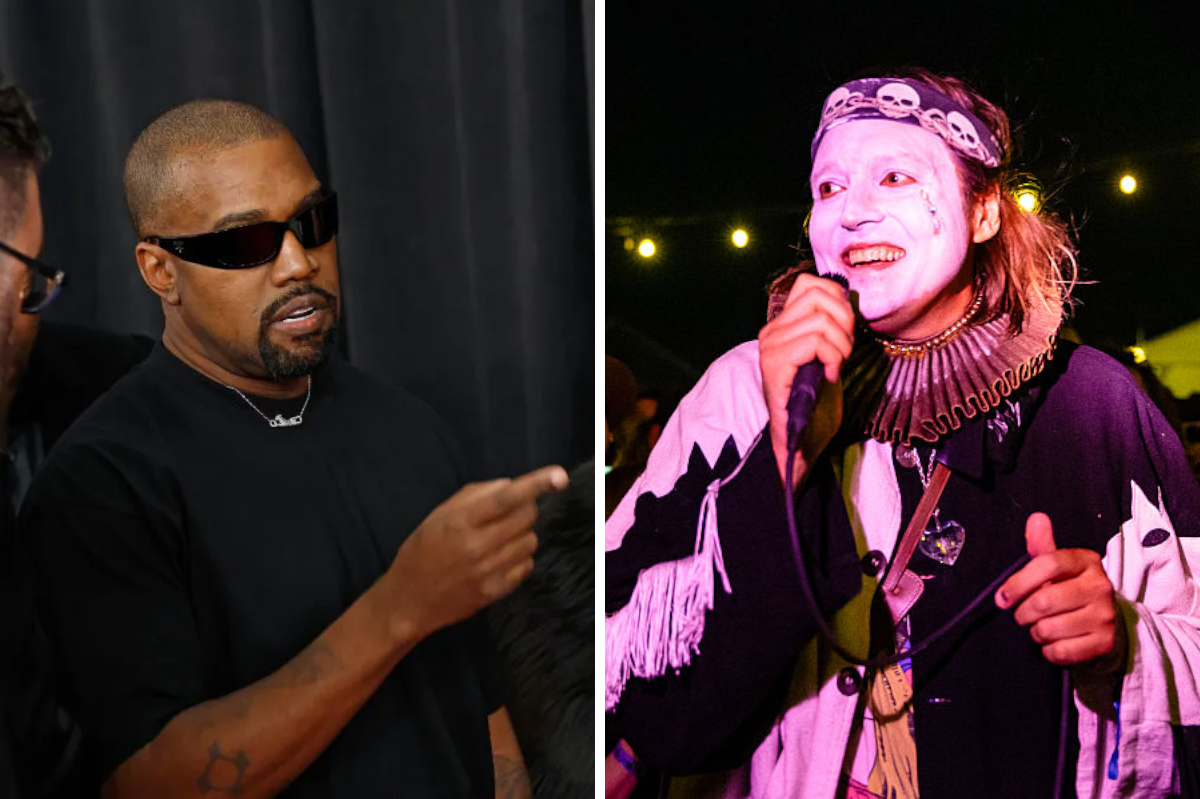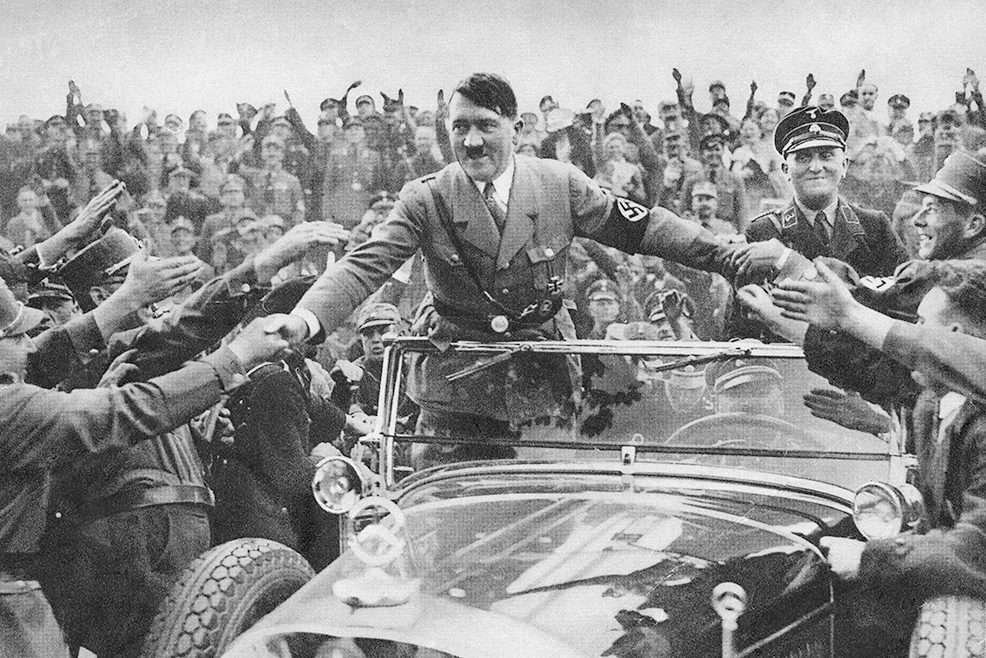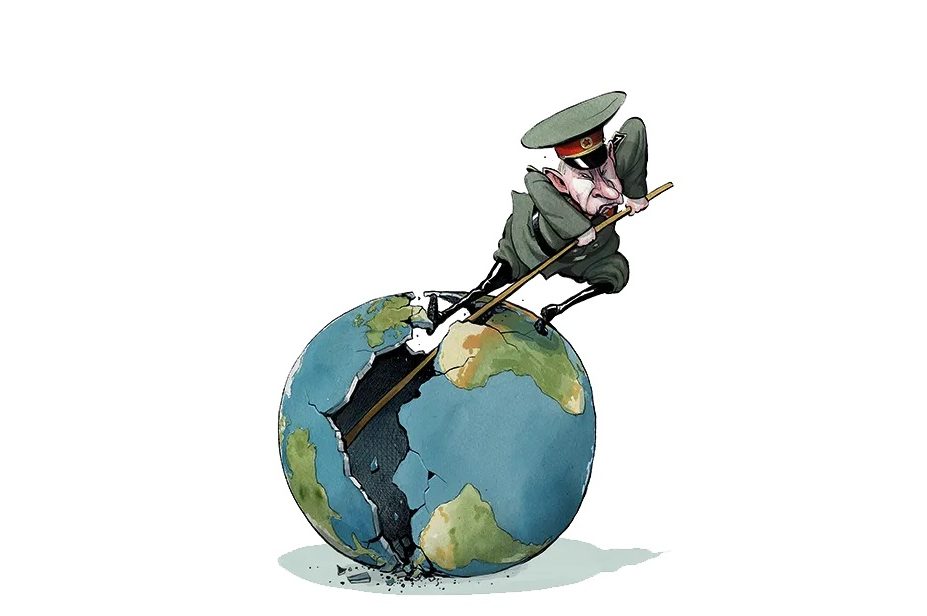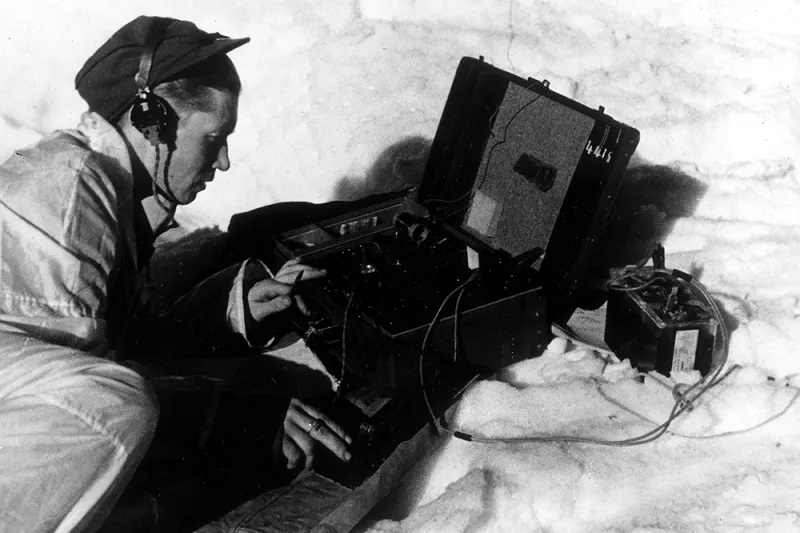Riga, Latvia
Every five years Latvia stages a week-long song and dance festival and this year my wife’s Latvian cousins got us tickets to two of the biggest events. I had no idea what to expect. The first evening, in a vast open-air arena in the Mezaparks forest outside Riga, while the light faded behind the tall pines, we watched a 10,000-strong choir dressed in varied costumes — the men in cream or gray flared frock coats and black boots, the women in flower crowns, tartan shawls and striped skirts — as they sang traditional songs. The next day in the Daugava stadium we thrilled to an astonishing 17,000 amateur dancers swirling in intricate and flawless formations to bagpipes, folk and jazz. My cousins-in-law, some of whom took part, explained that rehearsals take the full five years and about 2 percent of the country’s entire population performs. Here is patriotism of a benign and peaceful kind, a love of tradition and a sense of ease that we seem to have almost lost in Britain: no boasting, preaching, apologizing or straining at modern reinterpretation. It left me affectionate for this small, often beleaguered nation.
It was song that triggered Latvia’s, Estonia’s and Lithuania’s liberation from Soviet occupation when, on August 23, 1989, an unbroken chain of two million singing citizens joined hands from Tallinn to Riga to Vilnius, after which the communist regimes collapsed. I first visited Riga three years later and found green shoots of fragile hope germinating through the cracks in a nation still hosting a sullen chunk of the Red Army. Sitting on a bench on the banks of the Daugava river, my mother-in-law, who escaped to Sweden in 1944, sang a song with a school friend she had not seen since then. The friend then pulled out a photograph of their class and went through the faces one by one. The eighteen-year-old boys in the picture had, with one exception, vanished soon after the picture was taken: died fighting for the Germans, died fighting for the Russians, murdered by the Germans for being Jewish, deported to Siberia by the Russians for harboring the wrong thoughts. The sole survivor was a communist collaborator, she snarled.
The refurbished Museum of the Occupation in Riga’s old town pulls no punches. In the first room it announces: “This is a story of the conspiracy between communist Soviet Union and Nazi Germany and the three occupations that dismantled the Latvian state, defiled the land and, within half a century, brought the nation to the brink of extinction.” It recounts the hasty slaughter by the occupying Russians of prominent Latvian political prisoners in Riga as the Germans invaded in 1941, followed by the Nazis cynically blaming that atrocity on “Jews-Bolsheviks” to justify their coming genocide. Between them, the Germans and Russians deported or killed a third of Latvia’s population in a decade. It was probably a score draw.
The original sin, the museum stresses, lies in the secret protocol — for a long time not admitted or repudiated by the Russian government — to the non-aggression pact signed by Hitler and Stalin in 1939, which divided eastern Europe among those equal-opportunity oppressors. As Sean McMeekin’s book Stalin’s War reminds us, World War Two was started at least as much by Stalin as by Hitler, with his unprovoked invasions in 1939-40 of Finland, Poland, Romania and the three Baltic states. McMeekin points out that FDR’s Lend-Lease program gave the Soviet regime far more assistance than it gave Britain, and with one big difference: Russia was not expected to repay the loans.
The equivalence between the twentieth century’s twin tyrannies is a theme in Two Roads Home: Hitler, Stalin, and the Miraculous Survival of My Family, Danny Finkelstein’s eloquent but gut-wrenching new book about his own family. While his mother’s German family were being deported, imprisoned and starved by the Nazis in Belsen, his father’s Polish family were being deported, imprisoned and starved by the communists in Kazakhstan. Yet the way history is taught in British schools excuses or ignores Soviet atrocities such as the Katyn massacre or the Holodomor in Ukraine compared with Nazi ones. Partly to redress this double standard, James Bartholomew has founded the Museum of Communist Terror and a charity, the Foundation for the History of Totalitarianism. He is collecting artifacts and interviews and sponsoring school essay prizes. I am proud to be honorary president.
After the invasion of Ukraine last year, my wife’s cousins in Latvia say they once more packed travel bags and stuffed them under their beds. In case. There was a run on essential supplies in the shops. The courageous defiance of the Ukrainian army has real meaning here.
One evening recently, back in Northumberland, I watched two otters playing at dusk in the river Coquet. That stretch is called Arvid’s pool, named for a long-dead Latvian refugee who stayed on in Britain as a Wehrmacht prisoner-of-war and became a Northumbrian gamekeeper and skilled salmon fisher. How he would rejoice to know that Latvia is alive with song again — and free.
This article was originally published in The Spectator’s UK magazine. Subscribe to the World edition here.



